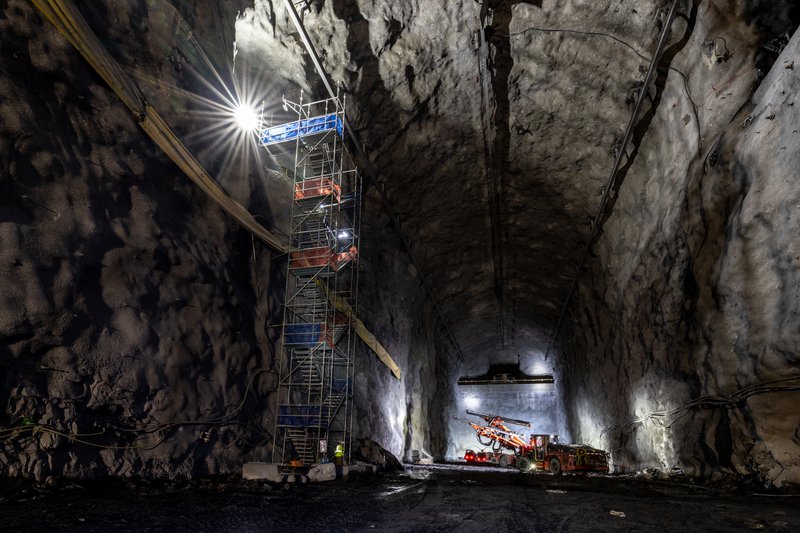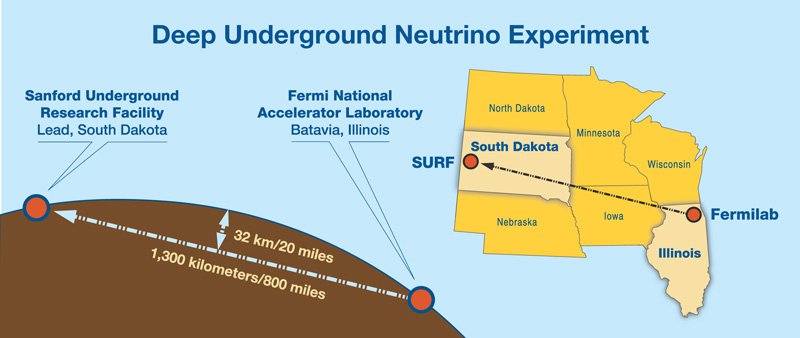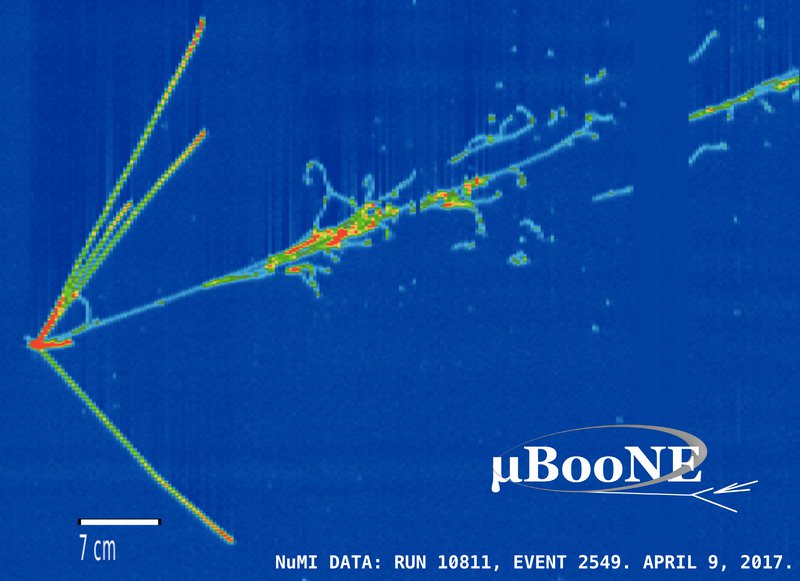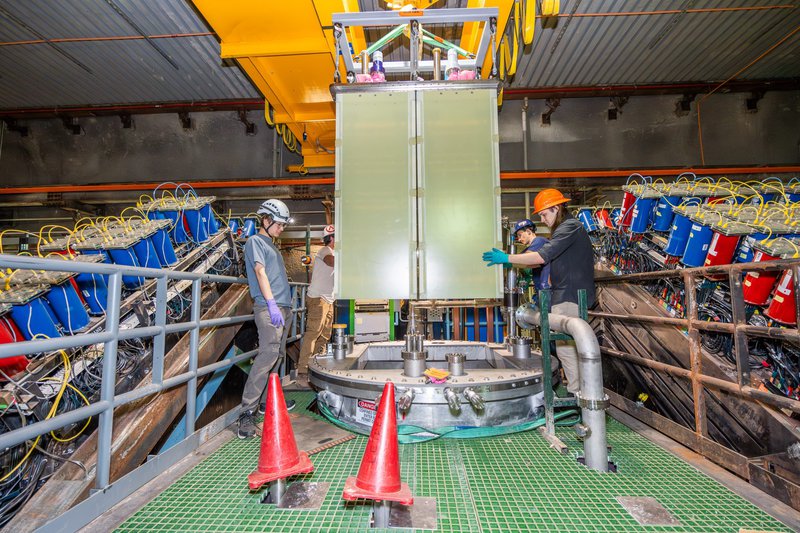University’s Dynamic Sustainability Lab and IrelandŌĆÖs BiOrbic Sign MOU to Advance Markets for the Biobased Economy
This month at the All Island Bioeconomy Summit held in Co. Meath, Ireland, it was announced that┬ĀBiOrbic, Research Ireland Centre for Bioeconomy, comprising 12 leading Irish research universities in Ireland, signed a joint memorandum of understanding (MOU) with the┬ĀDynamic Sustainability…





